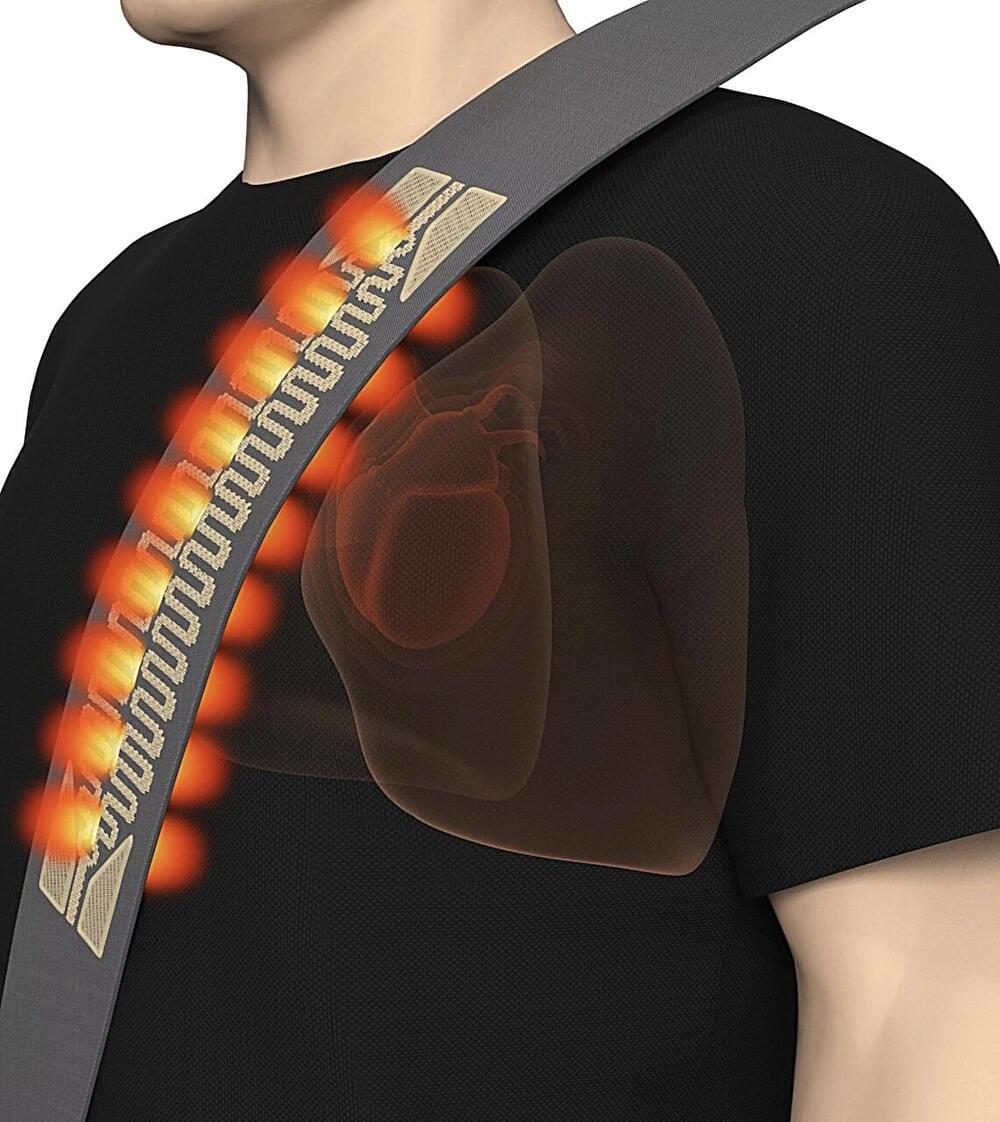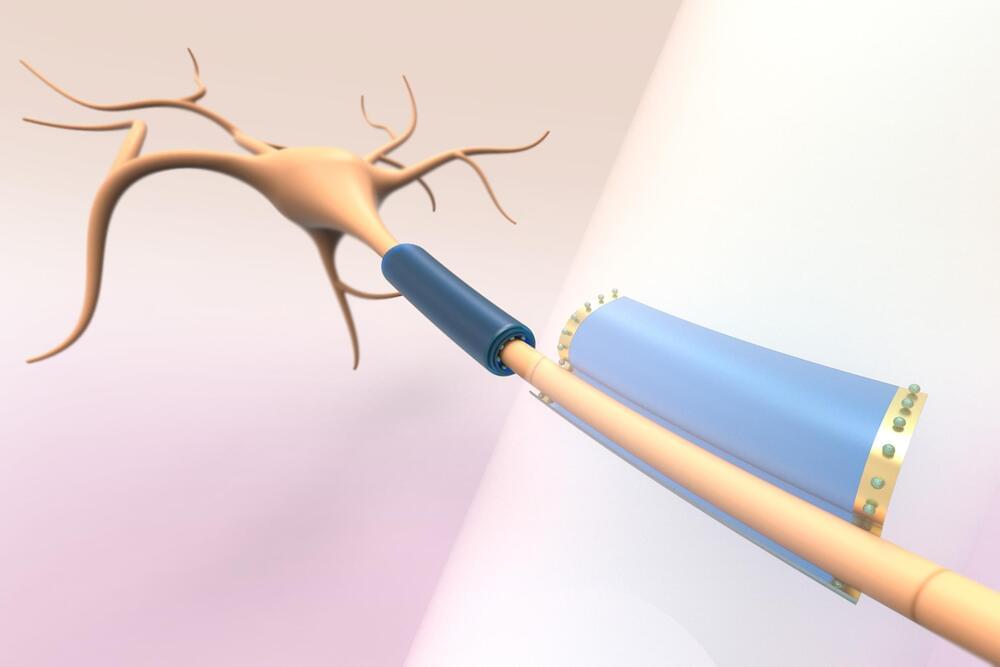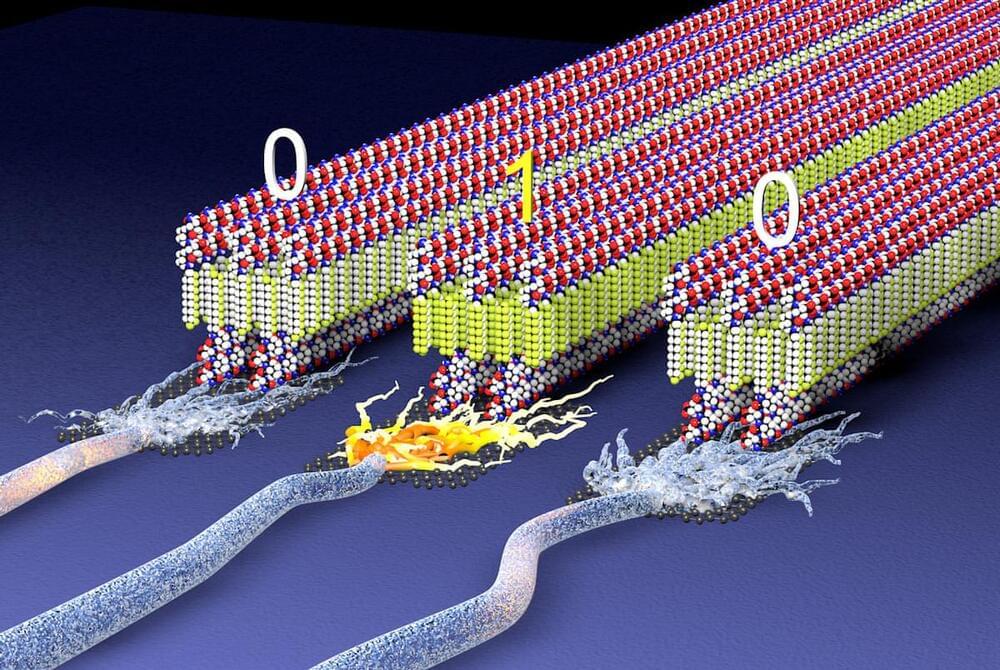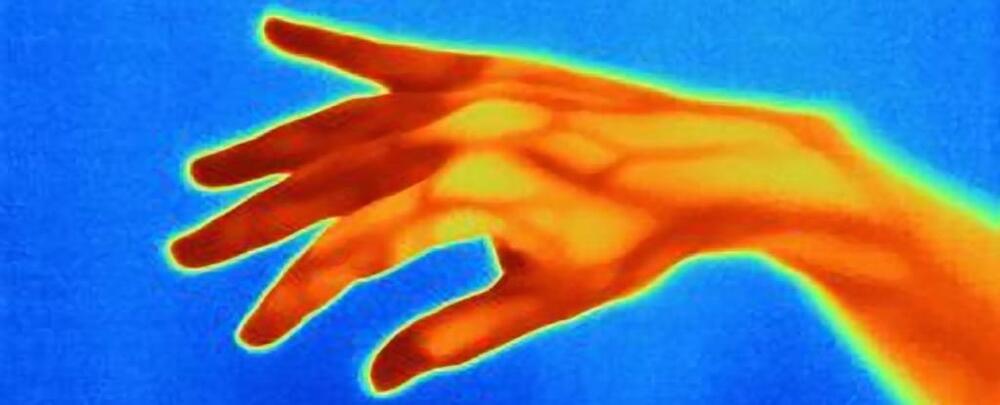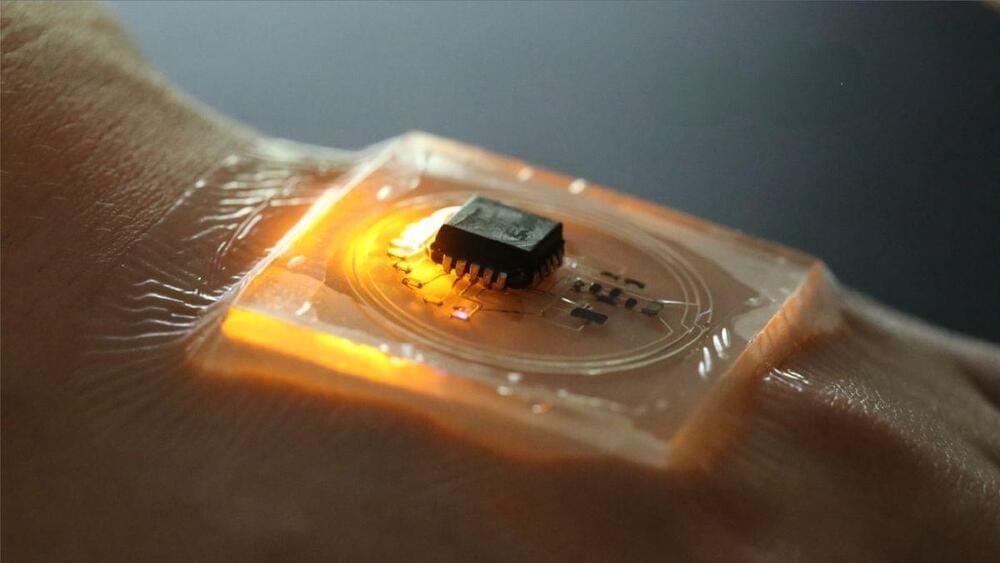Nov 27, 2024
Breakthrough Material Perfectly Absorbs All Electromagnetic Waves
Posted by Saúl Morales Rodriguéz in categories: mobile phones, robotics/AI, wearables
A new composite material developed by KIMS researchers absorbs over 99% of electromagnetic waves from different frequencies, improving the performance of devices like smartphones and wearables.
A team of scientists from the Korea Institute of Materials Science (KIMS) has developed the world’s first ultra-thin film composite material capable of absorbing over 99% of electromagnetic waves from various frequency bands, including 5G/6G, WiFi, and autonomous driving radar, using a single material.
This novel electromagnetic wave absorption and shielding material is less than 0.5mm thick and is characterized by its low reflectance of less than 1% and high absorbance of over 99% across three different frequency bands.



